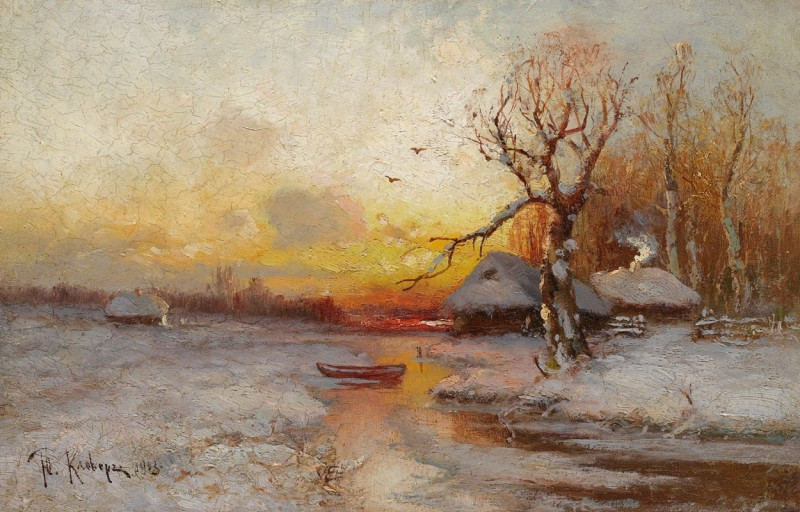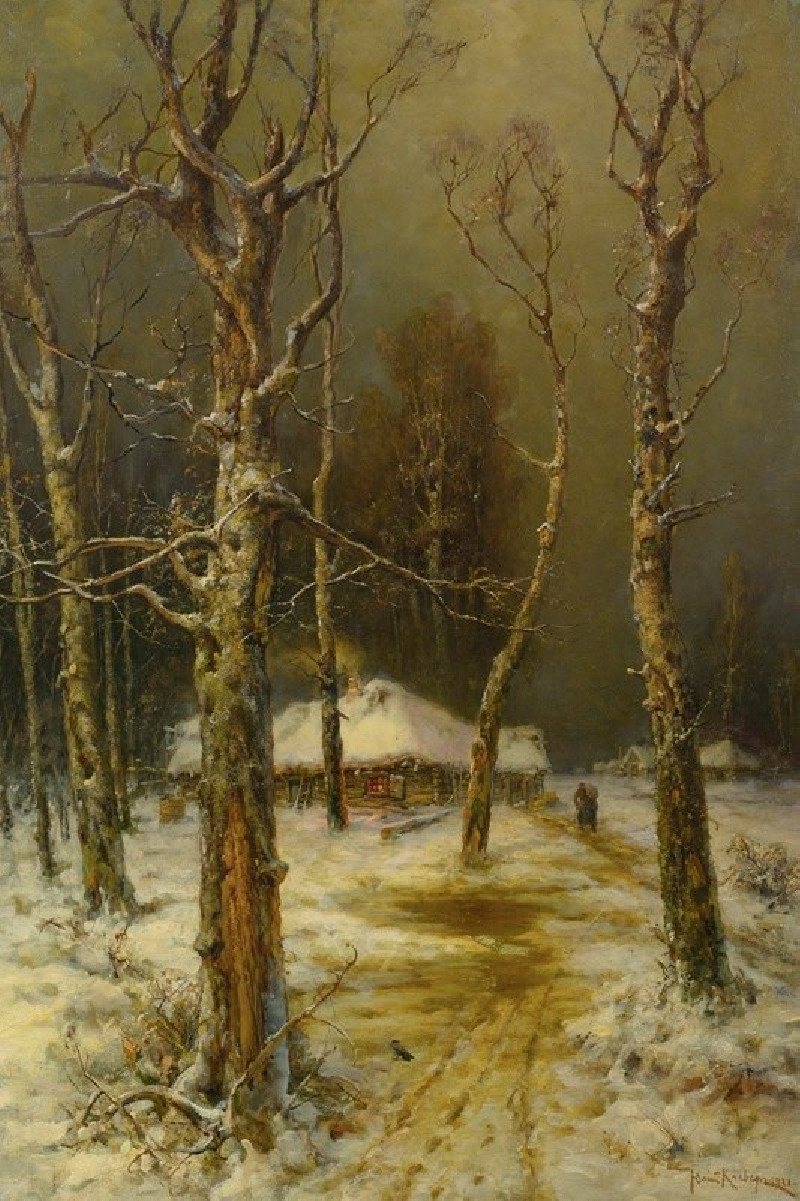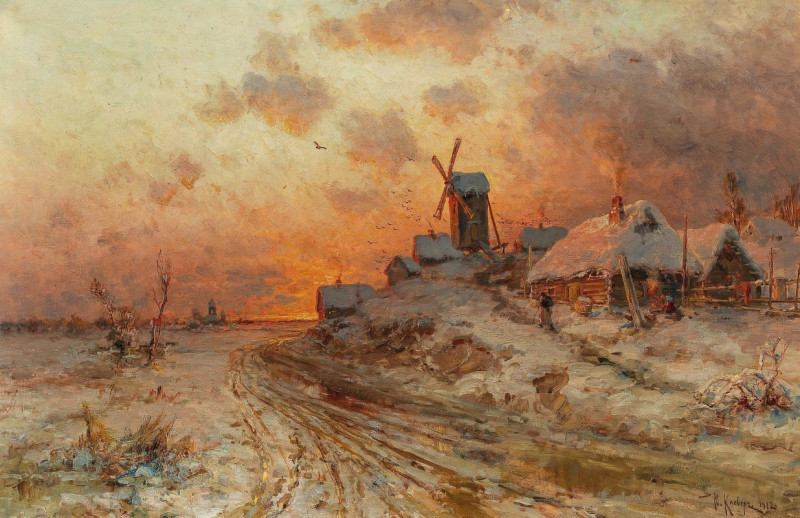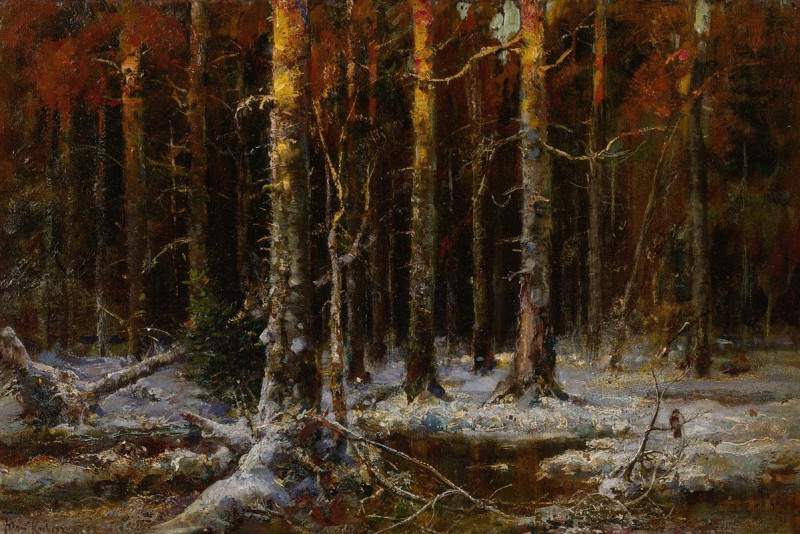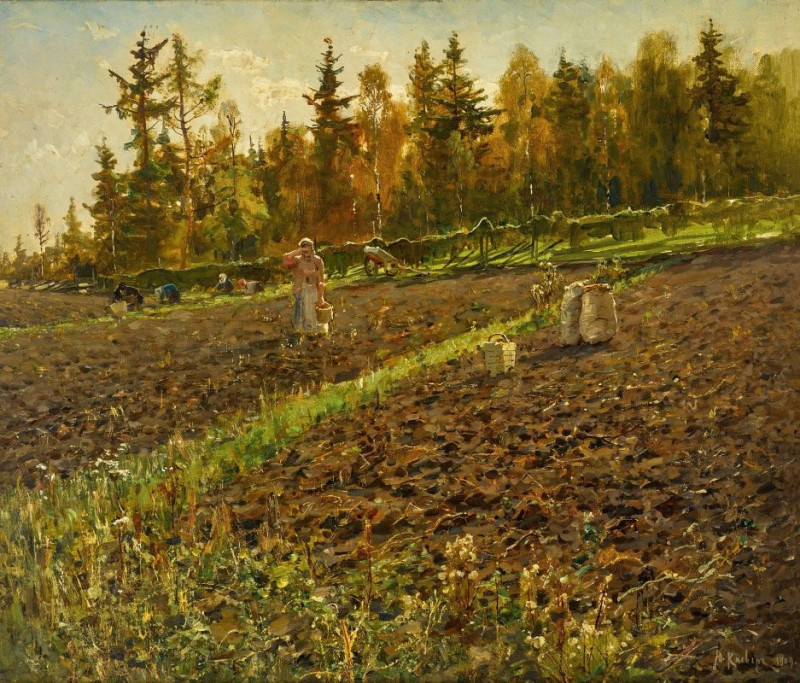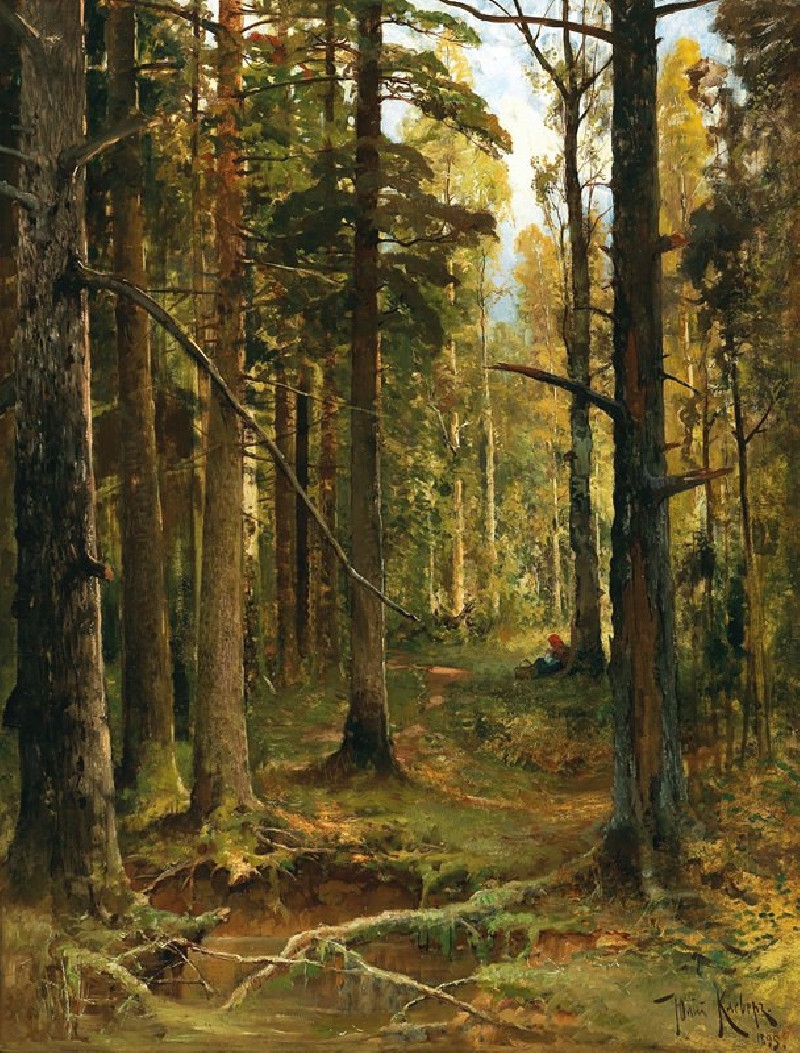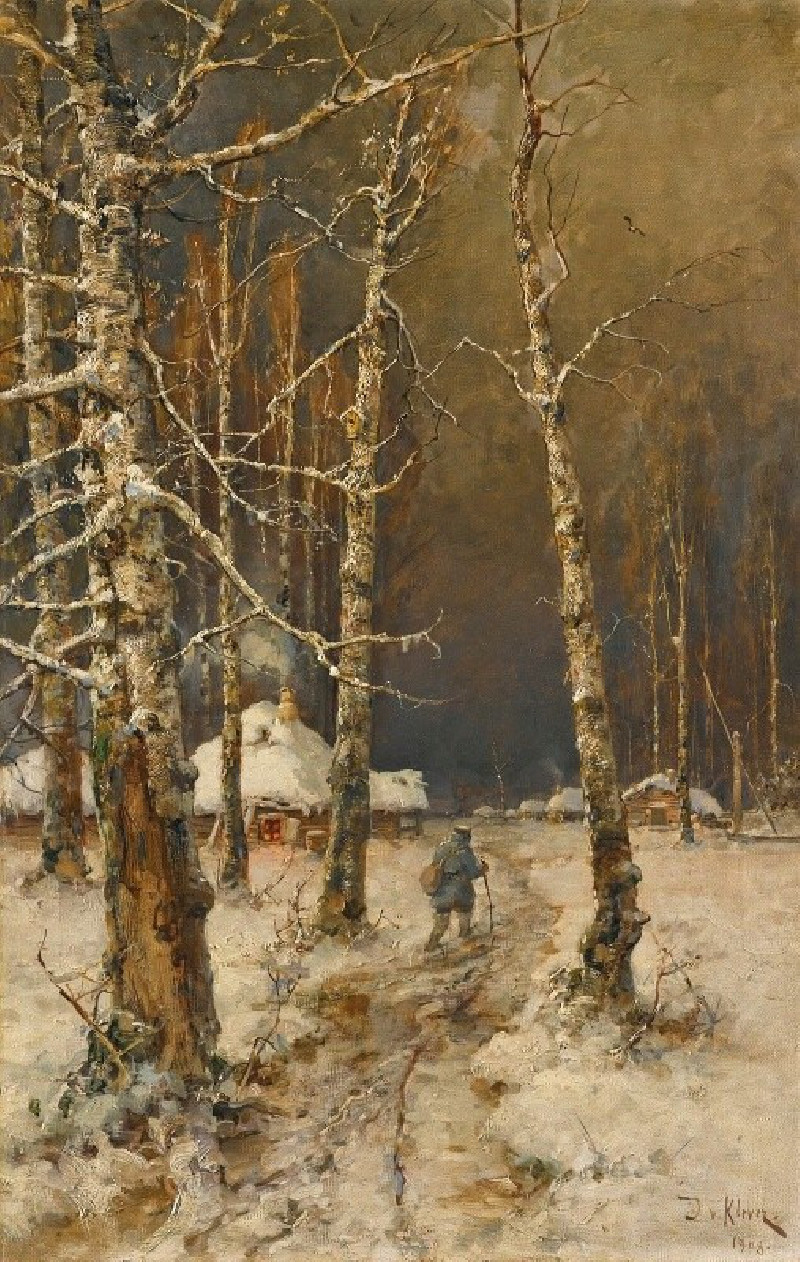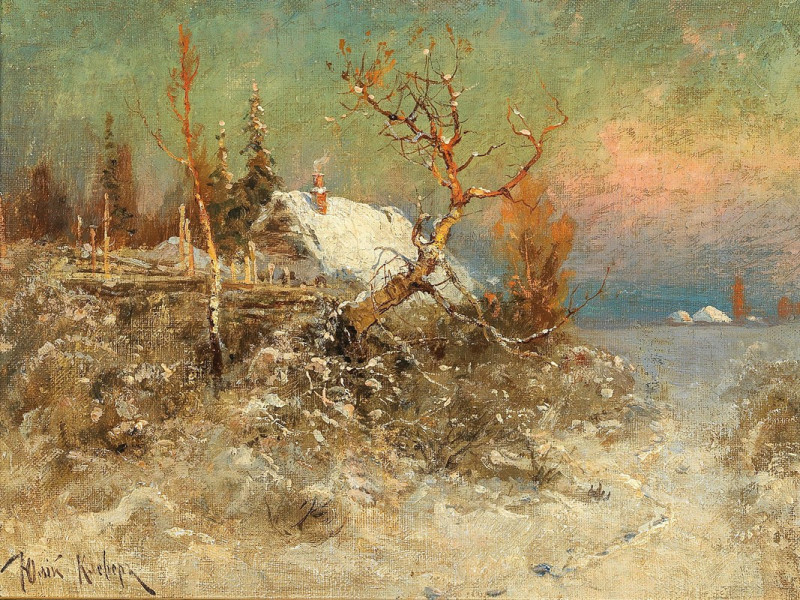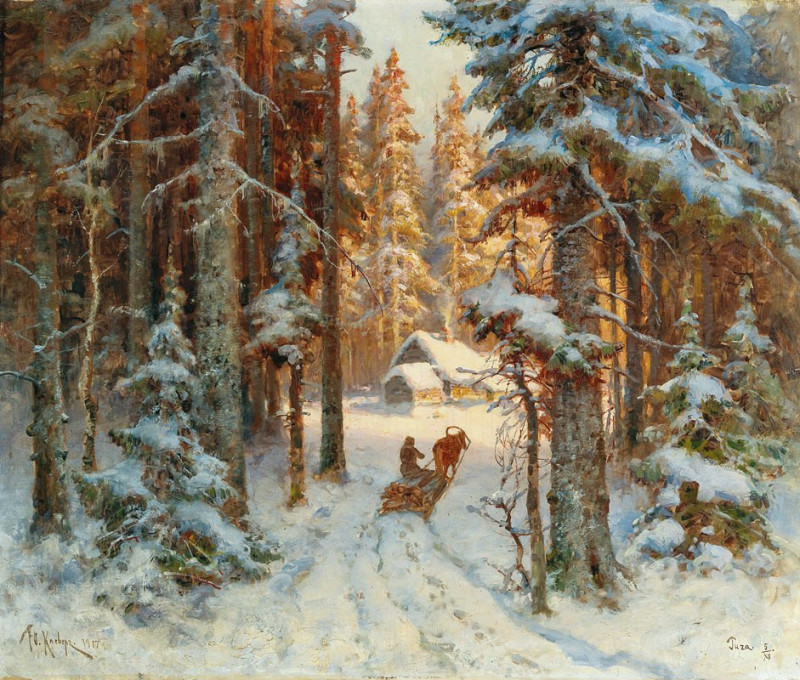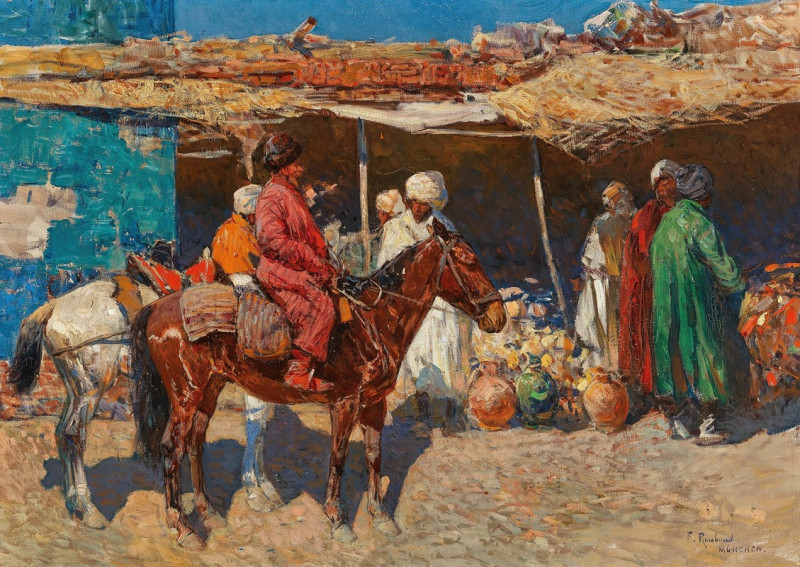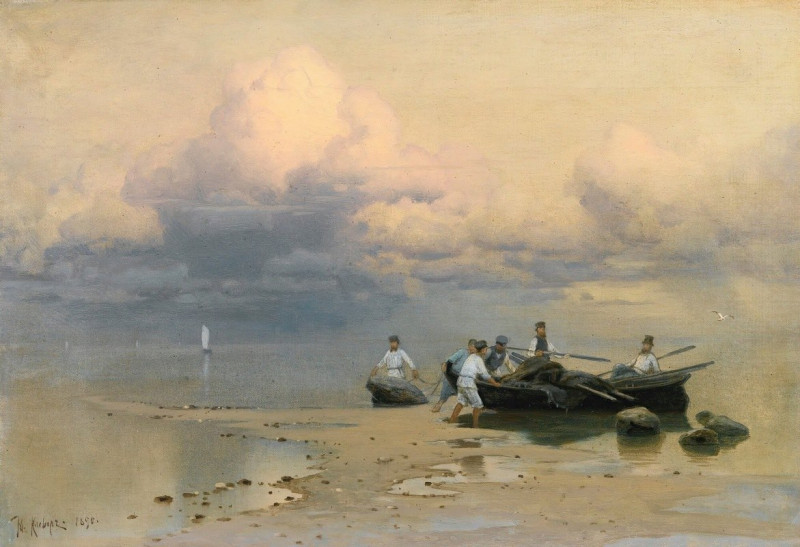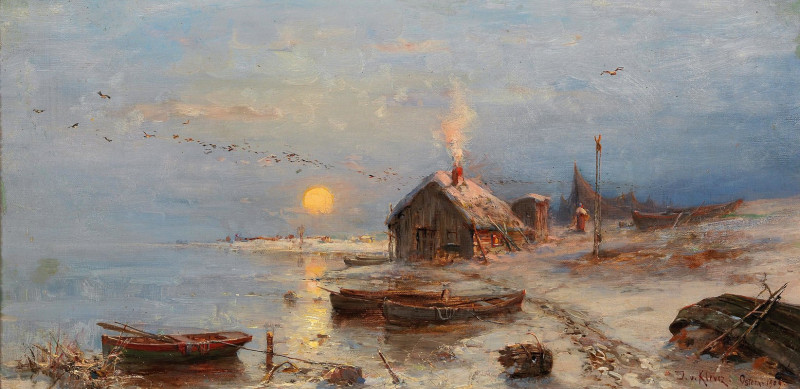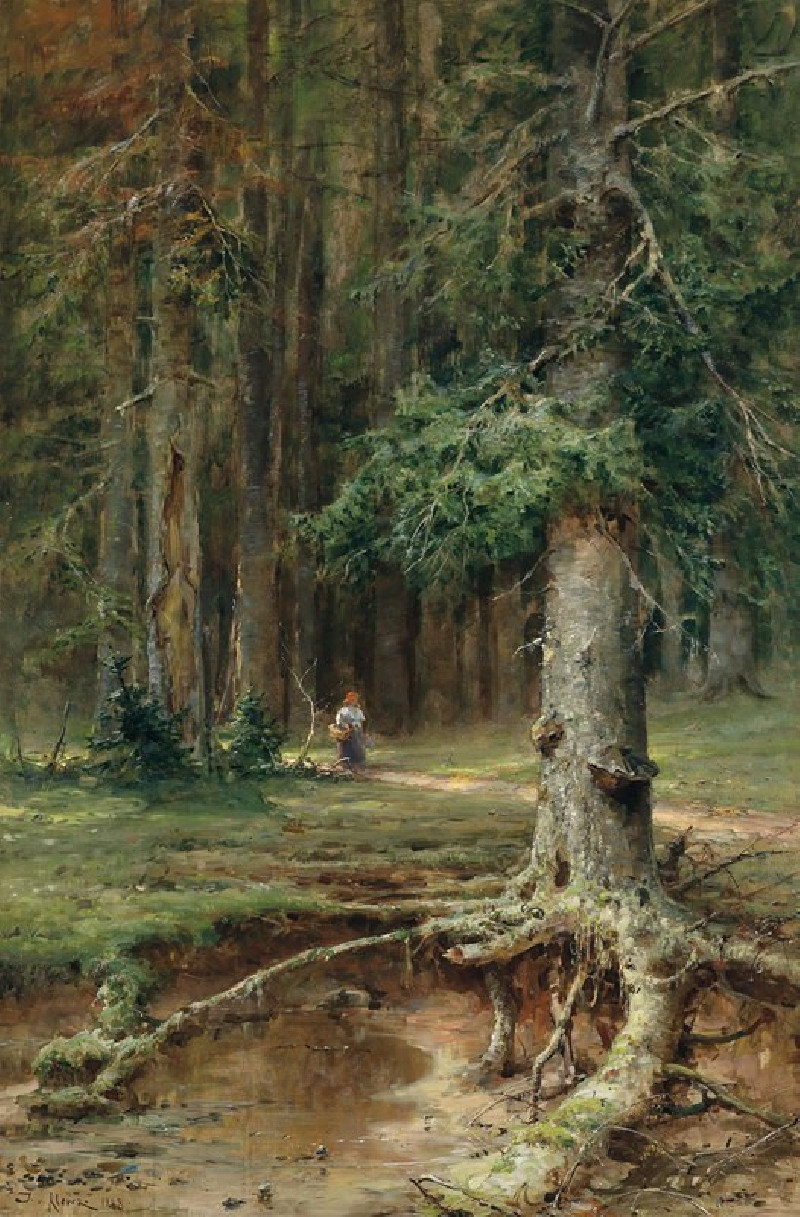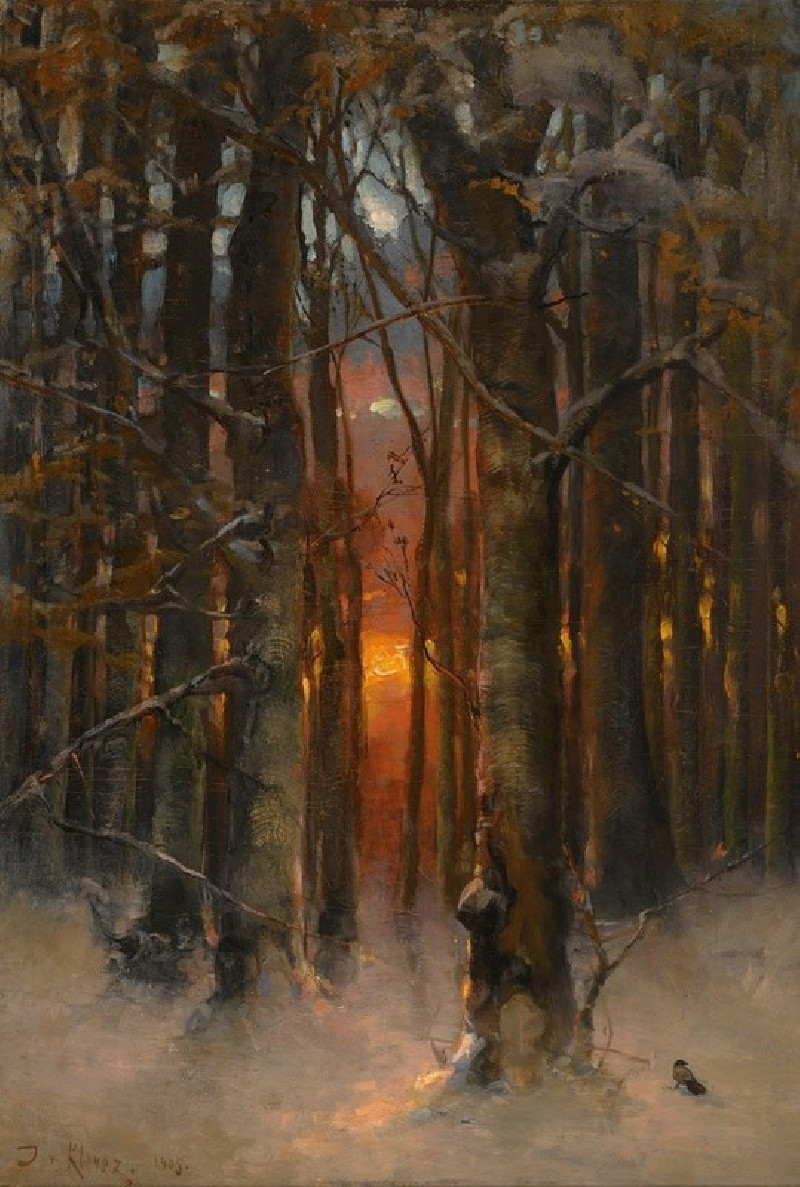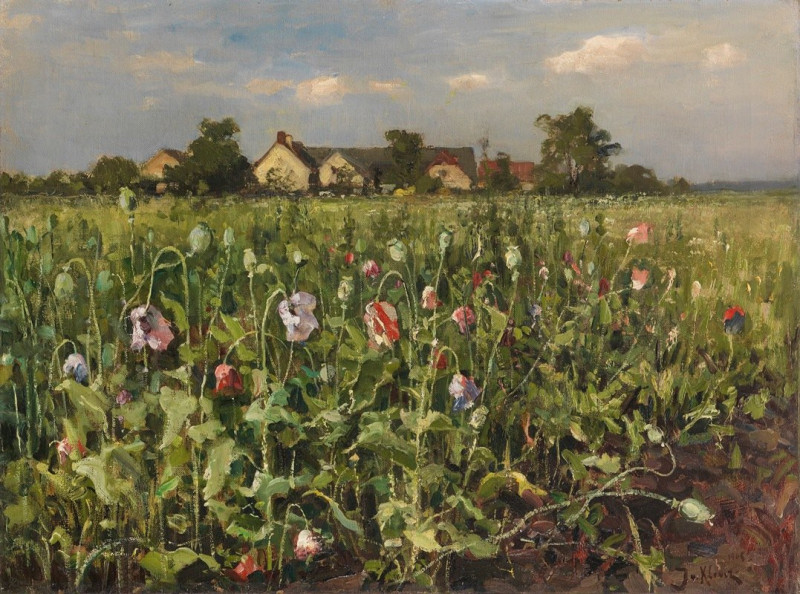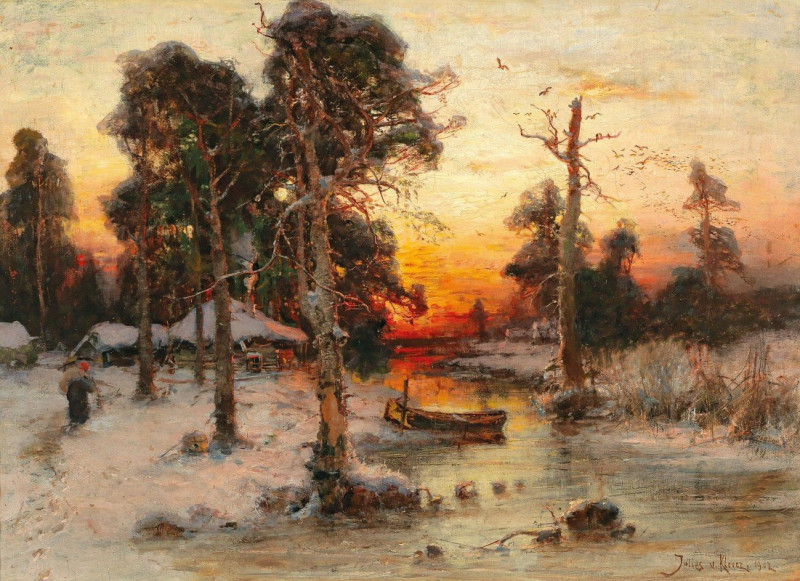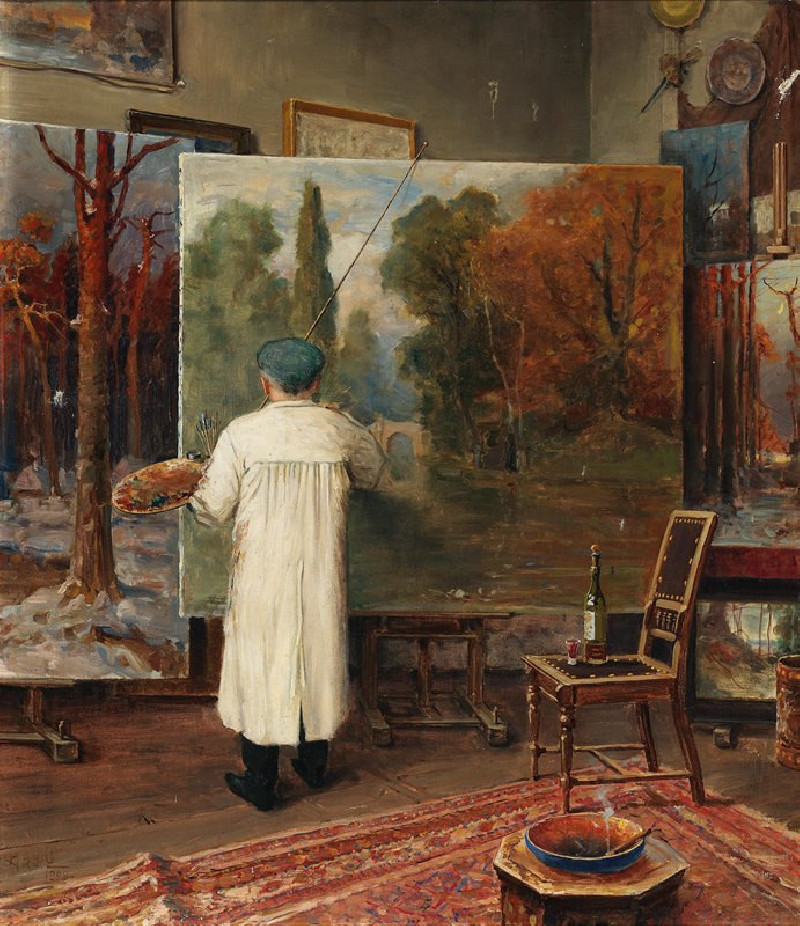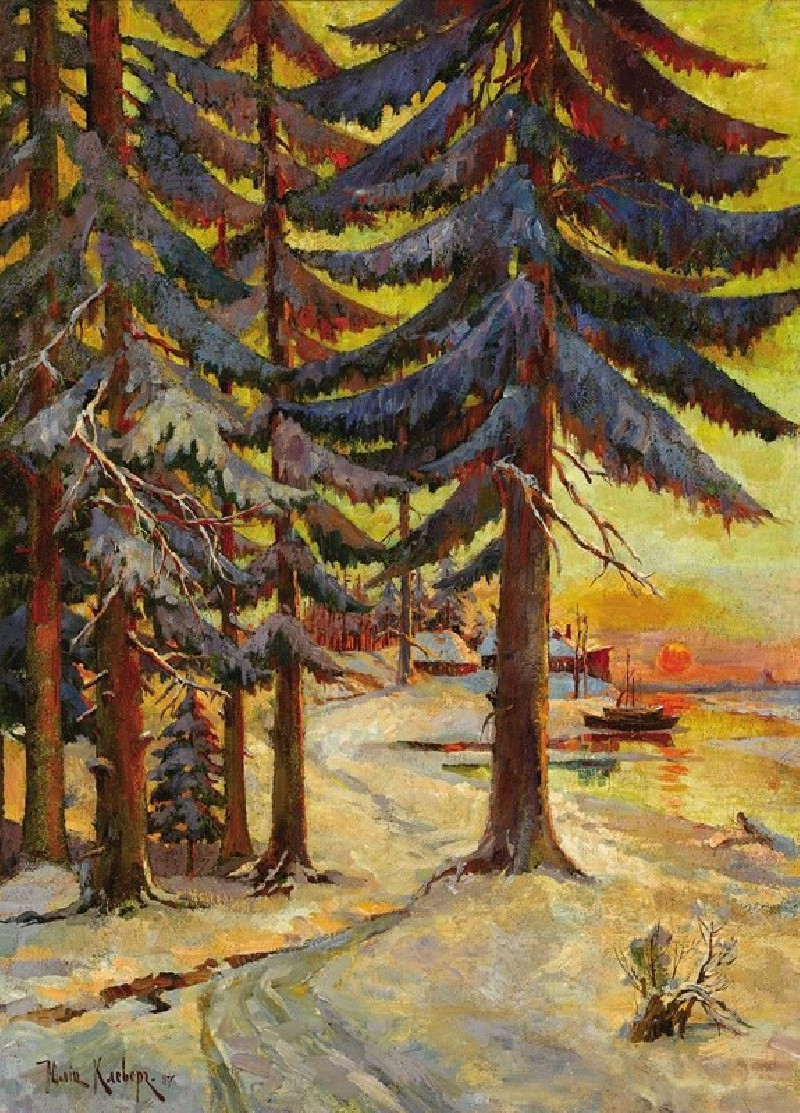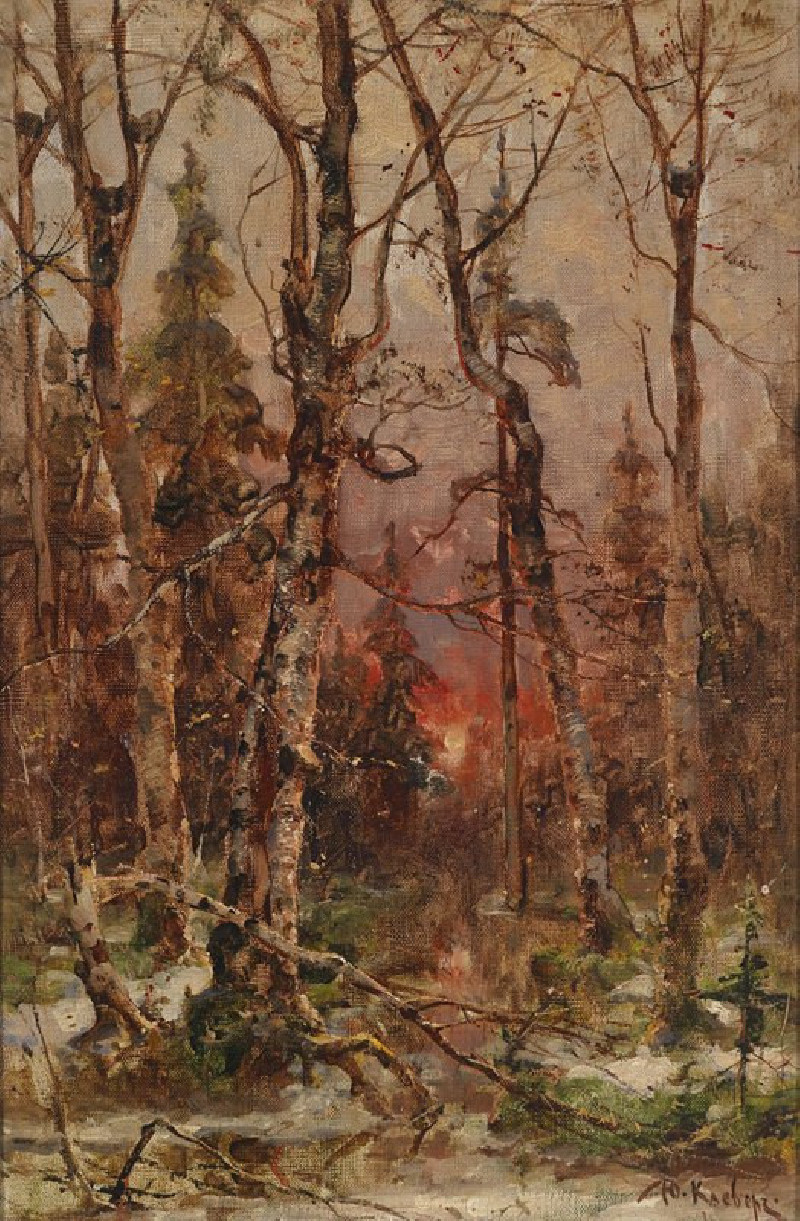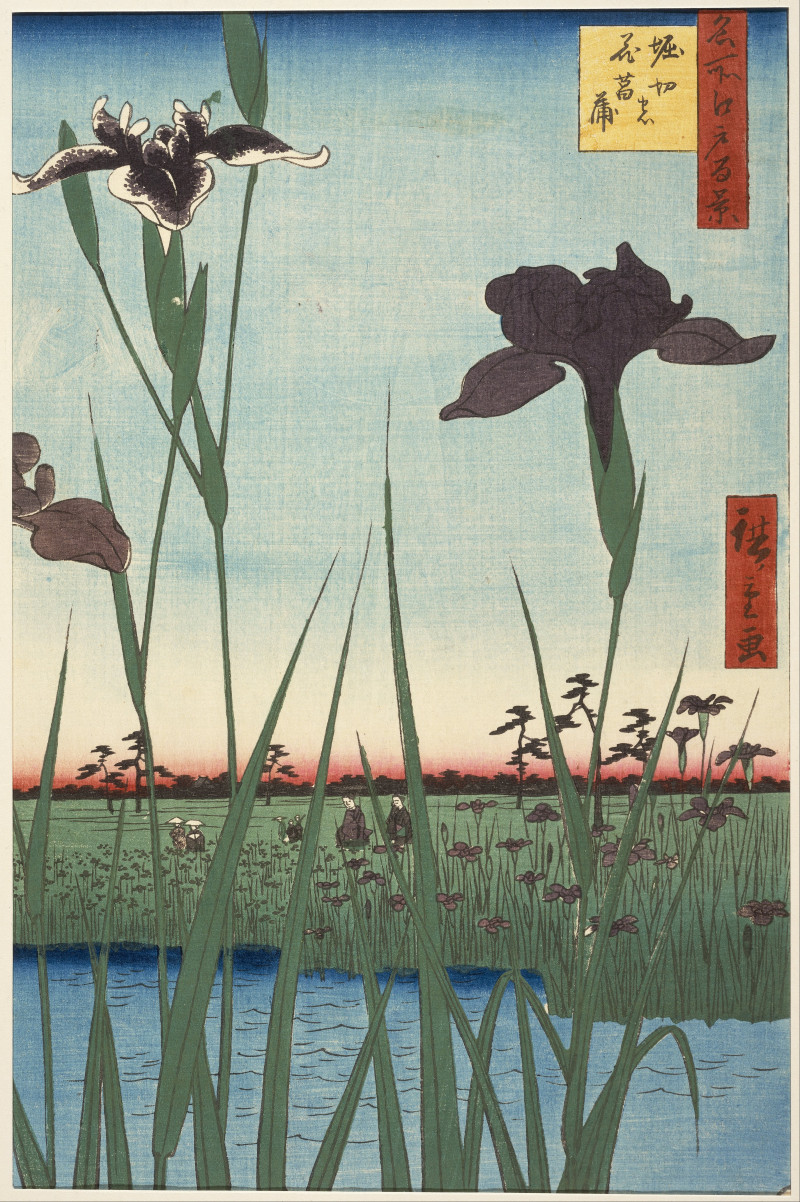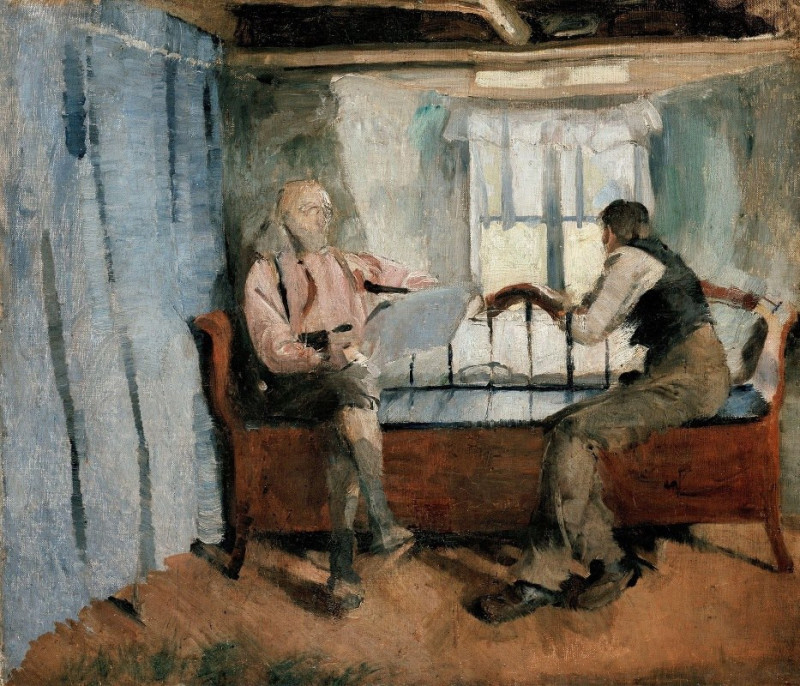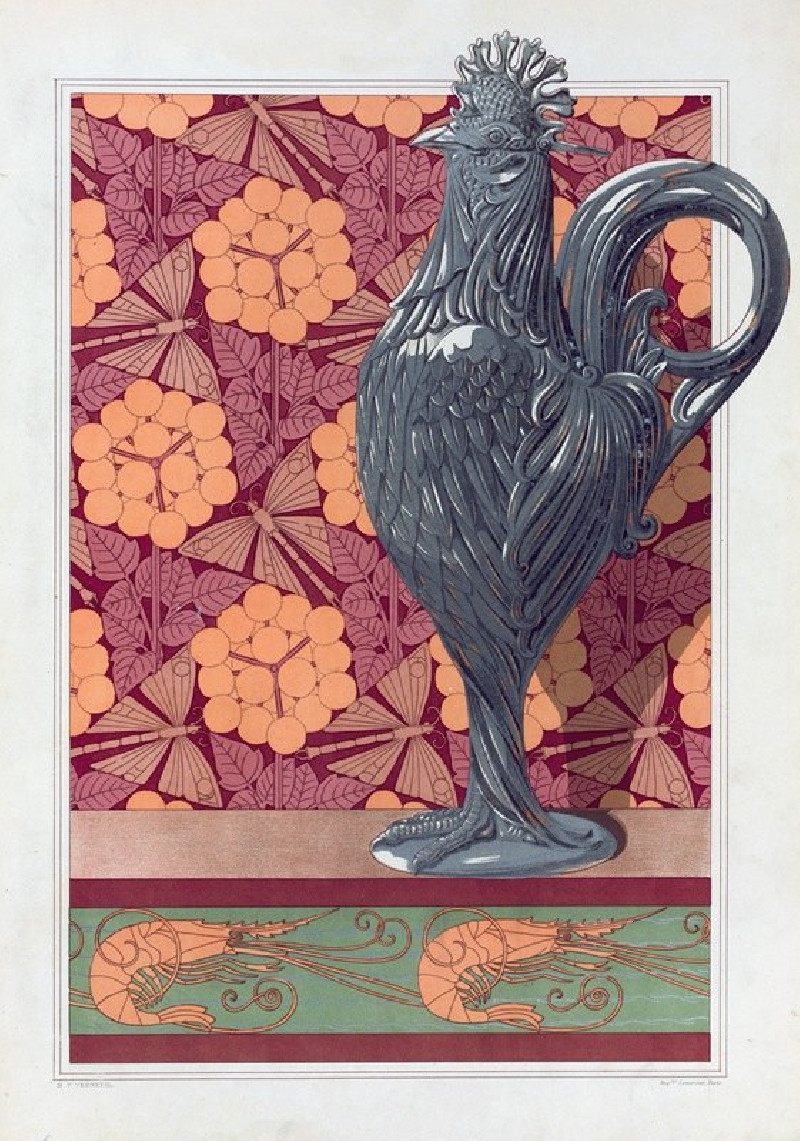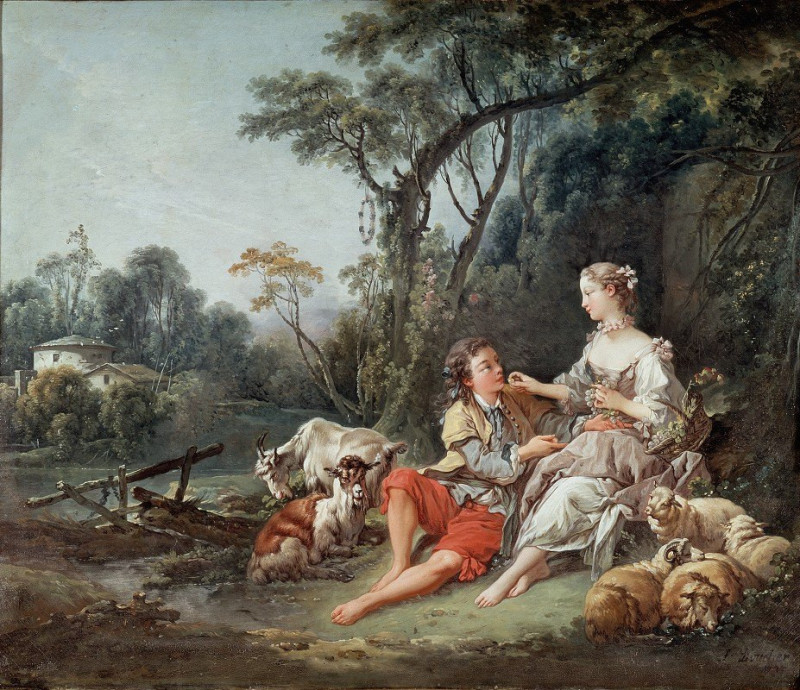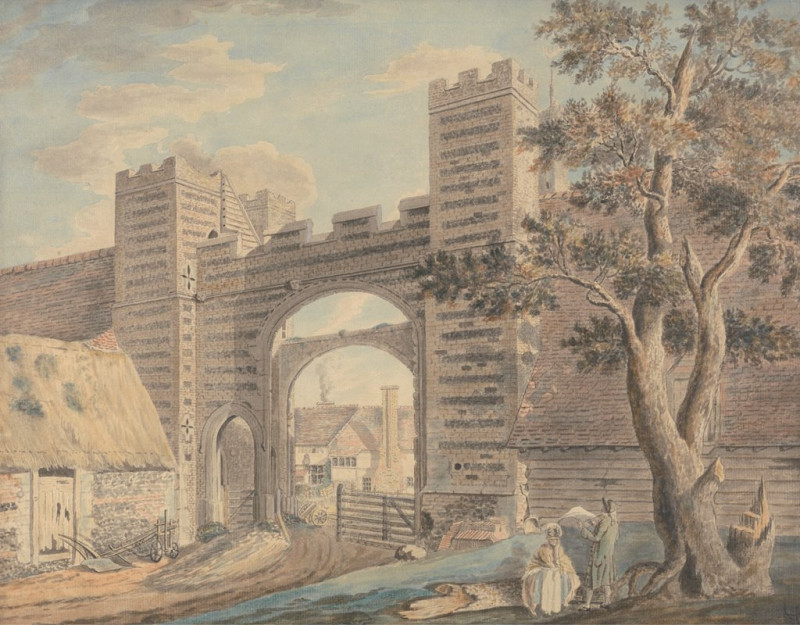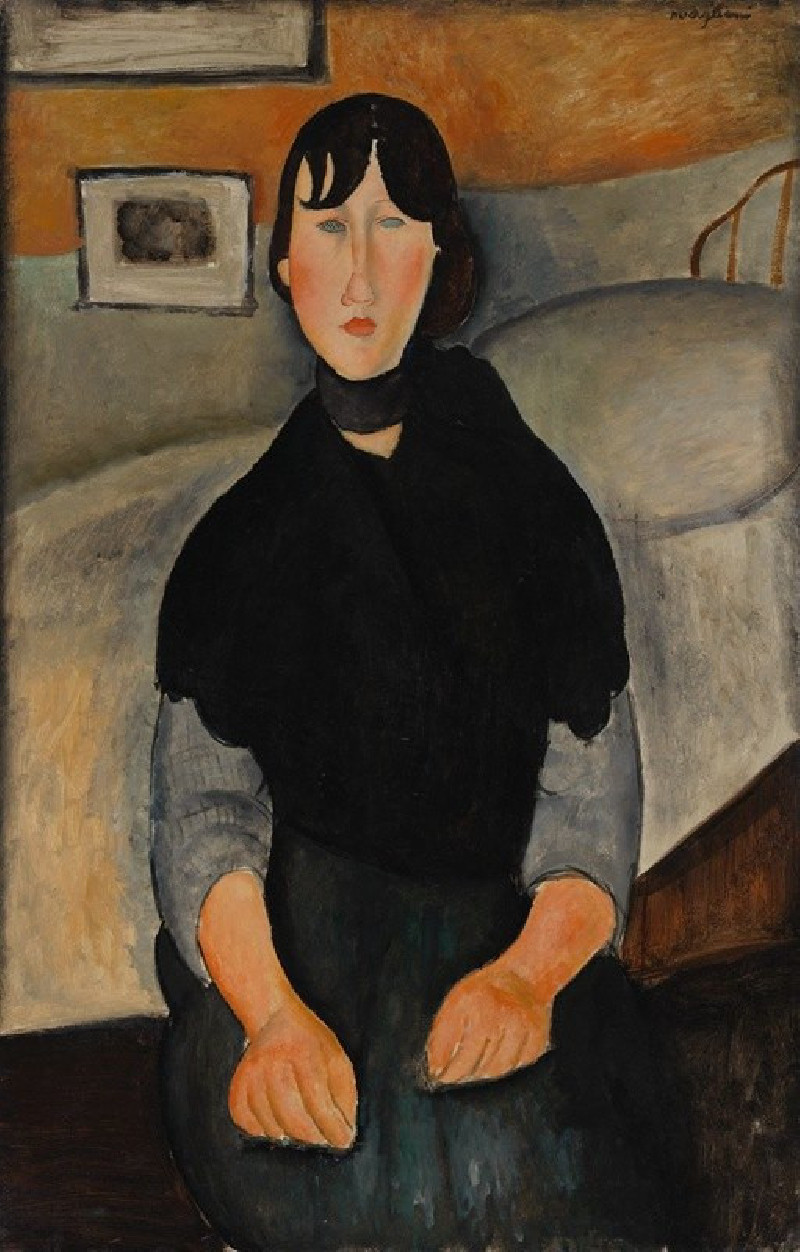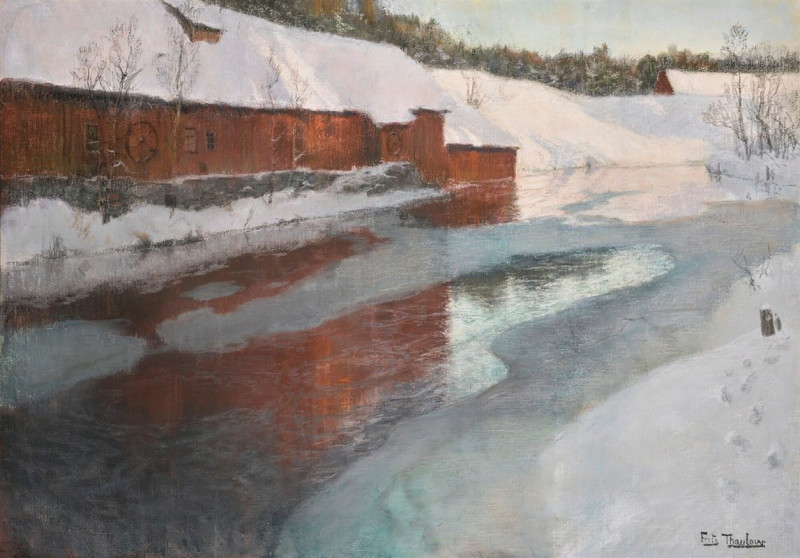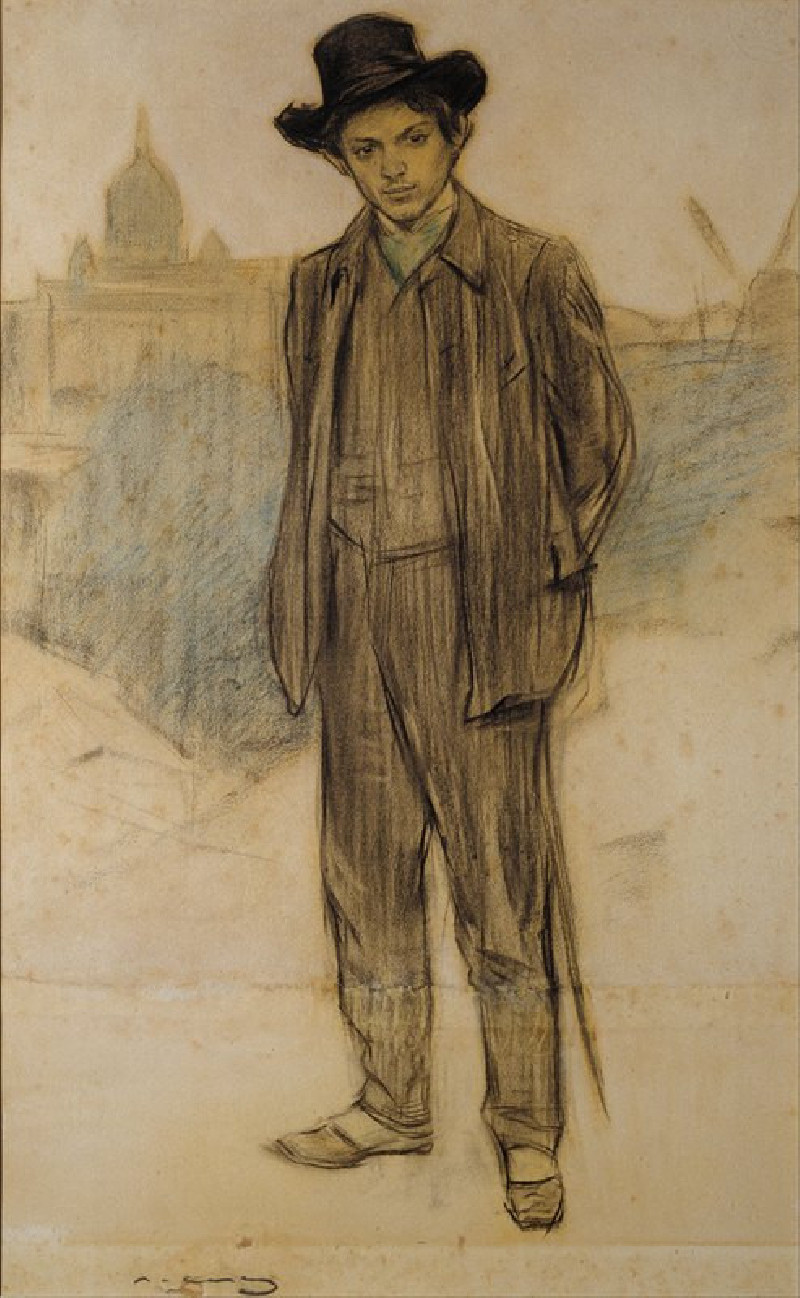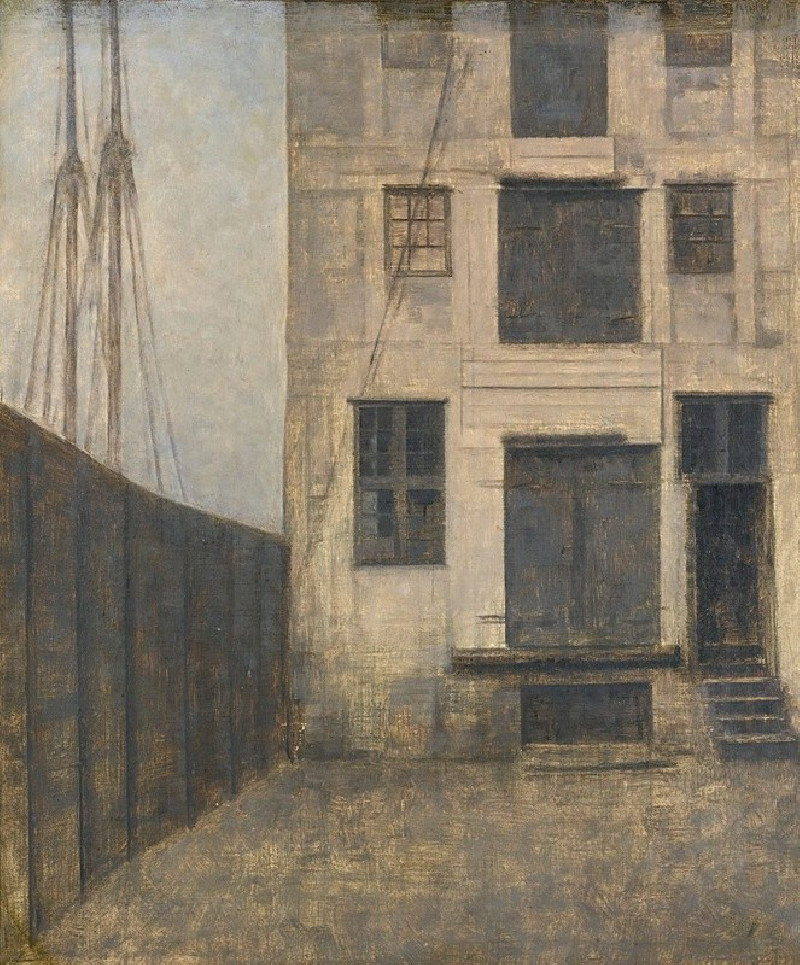An early spring landscape with a beech tree in the foreground (1906)
Technique: Giclée quality print
Recommended by our customers
More about this artwork
"An Early Spring Landscape with a Beech Tree in the Foreground," painted in 1906 by Julius Sergius Klever, captures the delicate transition from winter to spring through a beautifully nuanced landscape. In this evocative work, Klever showcases his mastery in portraying light and texture, bringing to life the thawing embrace of early spring.The painting features a towering beech tree, its bark detailed and prominent, standing resolutely in the foreground. This tree, with its intricate branches reaching towards the sky, dominates the scene and guides the viewer’s gaze into the depth of the landscape. Surrounding the beech are thinner, sparser trees, suggesting the struggle and resilience of nature against the harshness of winter.Beneath these trees, remnants of snow patch the ground, interspersed with areas of thawed earth and early sprouts of grass, hinting at the emerging renewal of the landscape. The background reveals a gentle river, its surface partially covered in ice but mostly melted, reflecting the subtle, pale sunlight of the season.The sky, vast and open, is painted with soft, diffused clouds, possibly foretelling the warmer days to come. A flight of birds, small and distant, can be seen in this expanse, adding a dynamic element of life on the move.Julius Sergius Klever's adept use of light and shadow, combined with his textured renderings of trees and earth, makes "An Early Spring Landscape with a Beech Tree in the Foreground" a captivating image that not only depicts a season but also evokes the sensory and emotional essence of early spring’s promise.
Delivery
Returns
Julius Sergius von Klever was a Baltic German landscape painter.
His father was a chemist who taught pharmacology at the Veterinary Institute. He displayed artistic talent at an early age and took lessons from Konstantin von Kügelgen. After completing his primary education, was enrolled at the Imperial Academy of Fine Arts where, at his father's insistence, he studied architecture. After a short time, however, he began to take landscape painting classes; first with Sokrat Vorobiev, then Mikhail Clodt.


